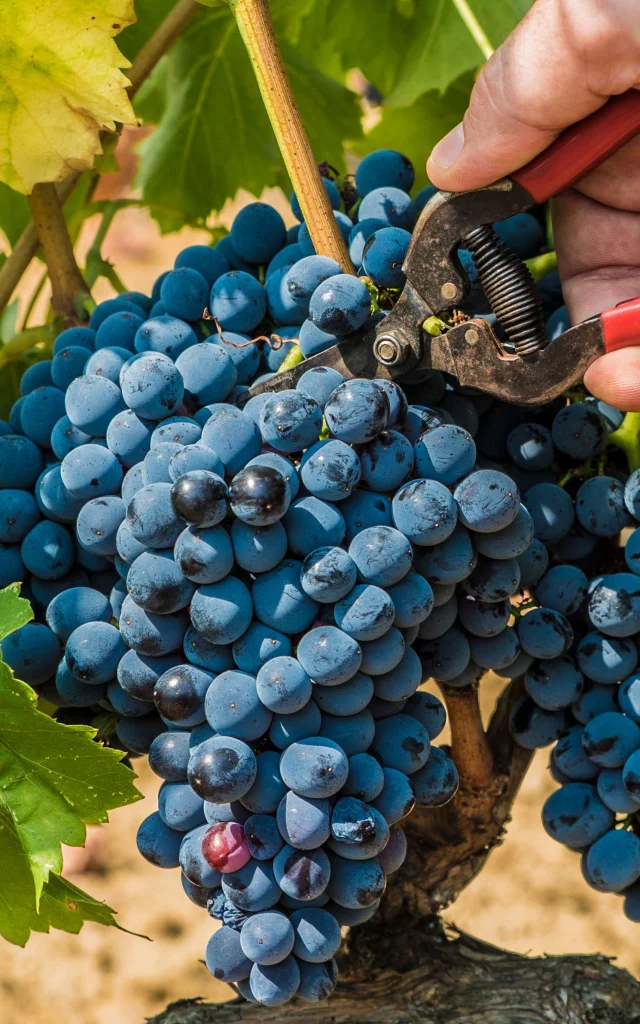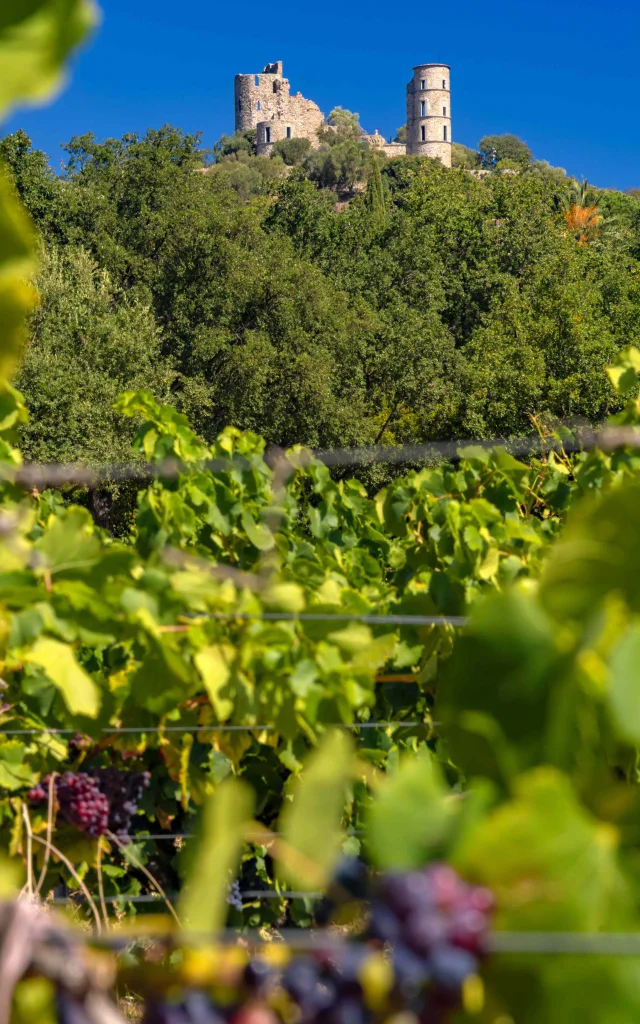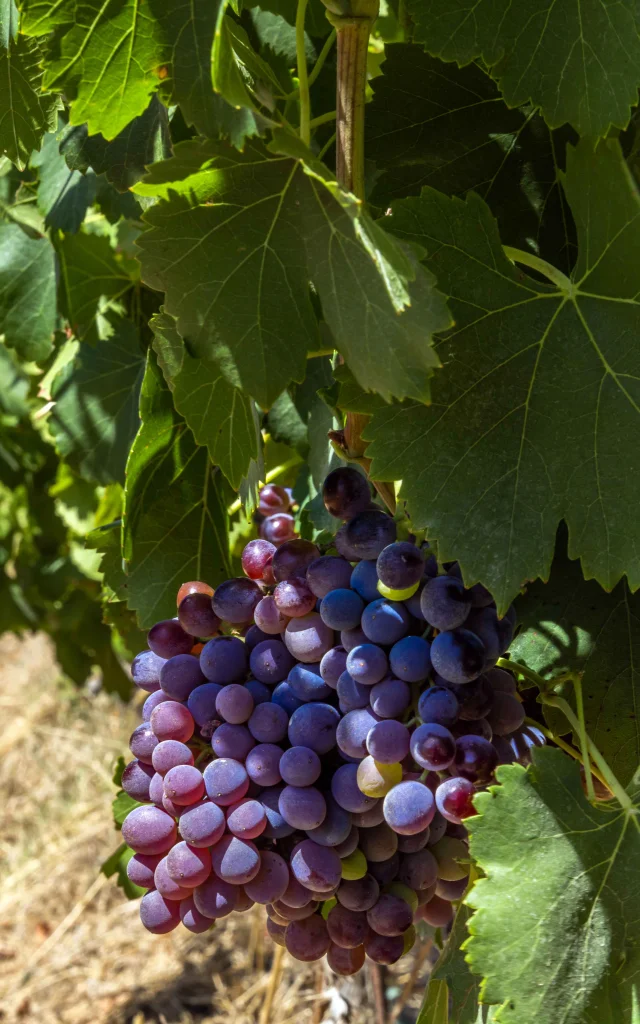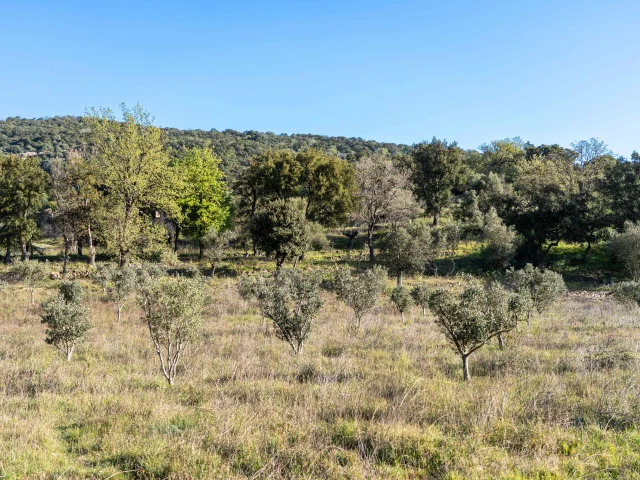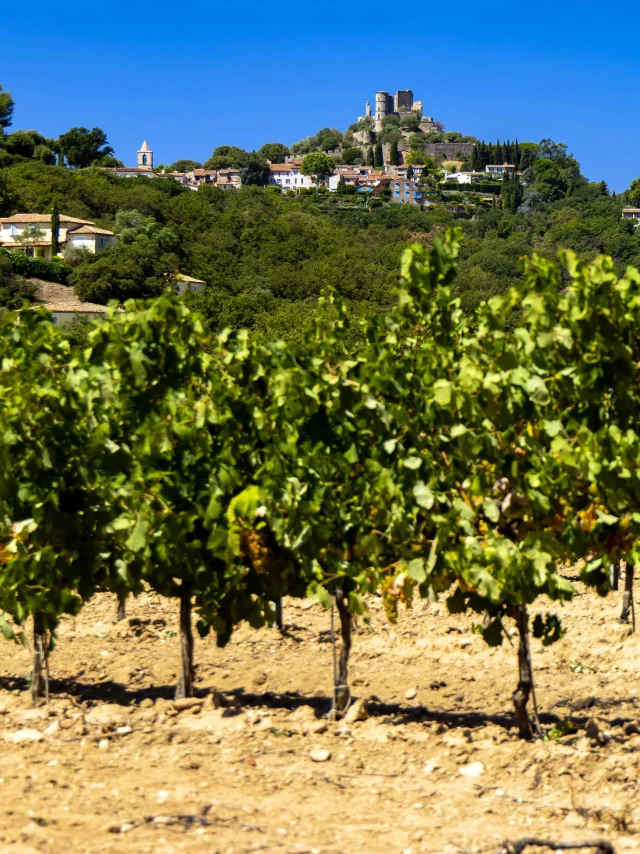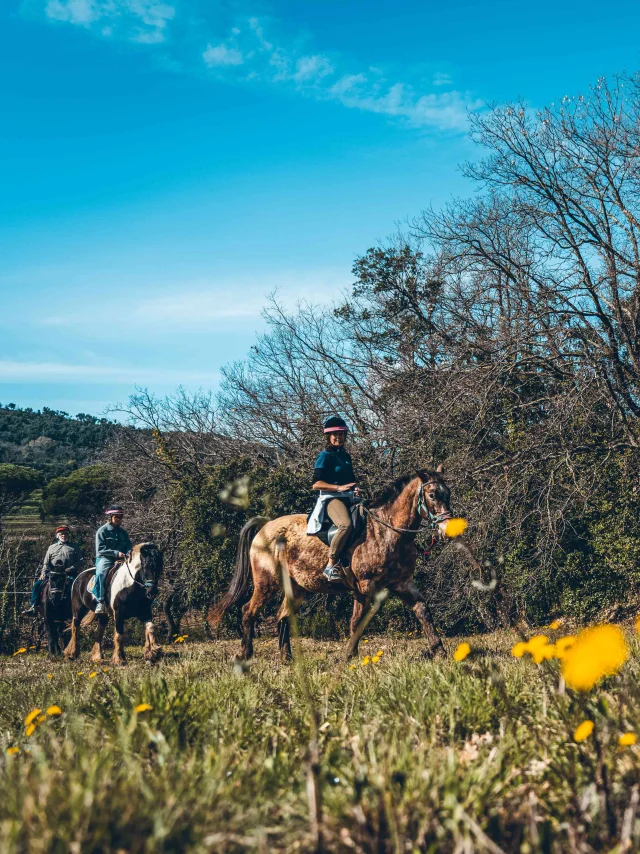Grimaud’s vineyards are perhaps the best symbol of the area’s vitality; over the centuries, the vineyards have remained the driving force of the local economy and, today, Grimaud wines are exported and enjoyed the world over.
The ‘Les Vignerons de Grimaud’ wine cooperative best exemplifies this vitality, with two bottling lines, 100% of production sold every year, and good quality wine that continues to improve.
Then there are the winegrowing estates, rural gems dotted here and there across the Grimaud countryside: Val de Gilly, Clos Servien, Clos des B, etc. Winegrowers on these estates have lovingly worked their land, using the same methods, for generations, producing delicious nectar for us to share.

